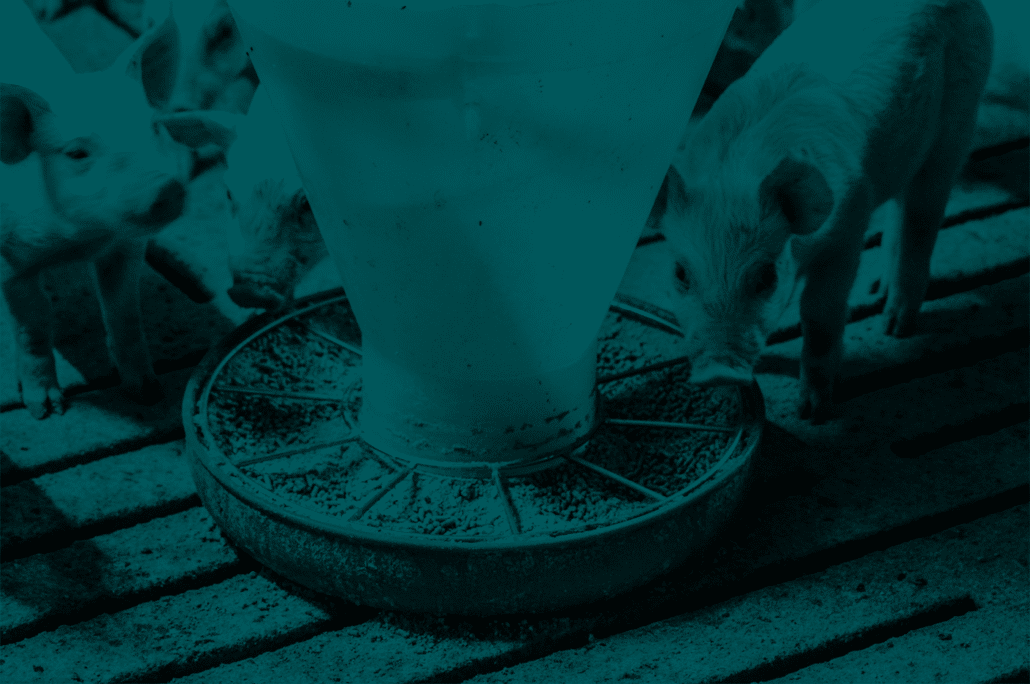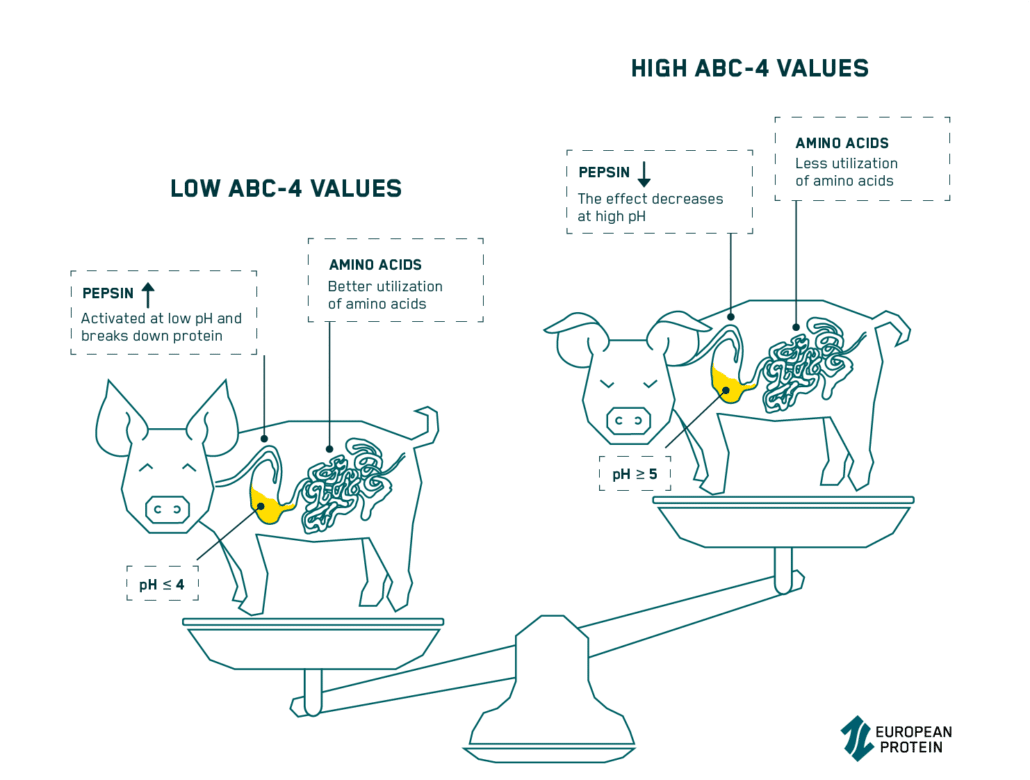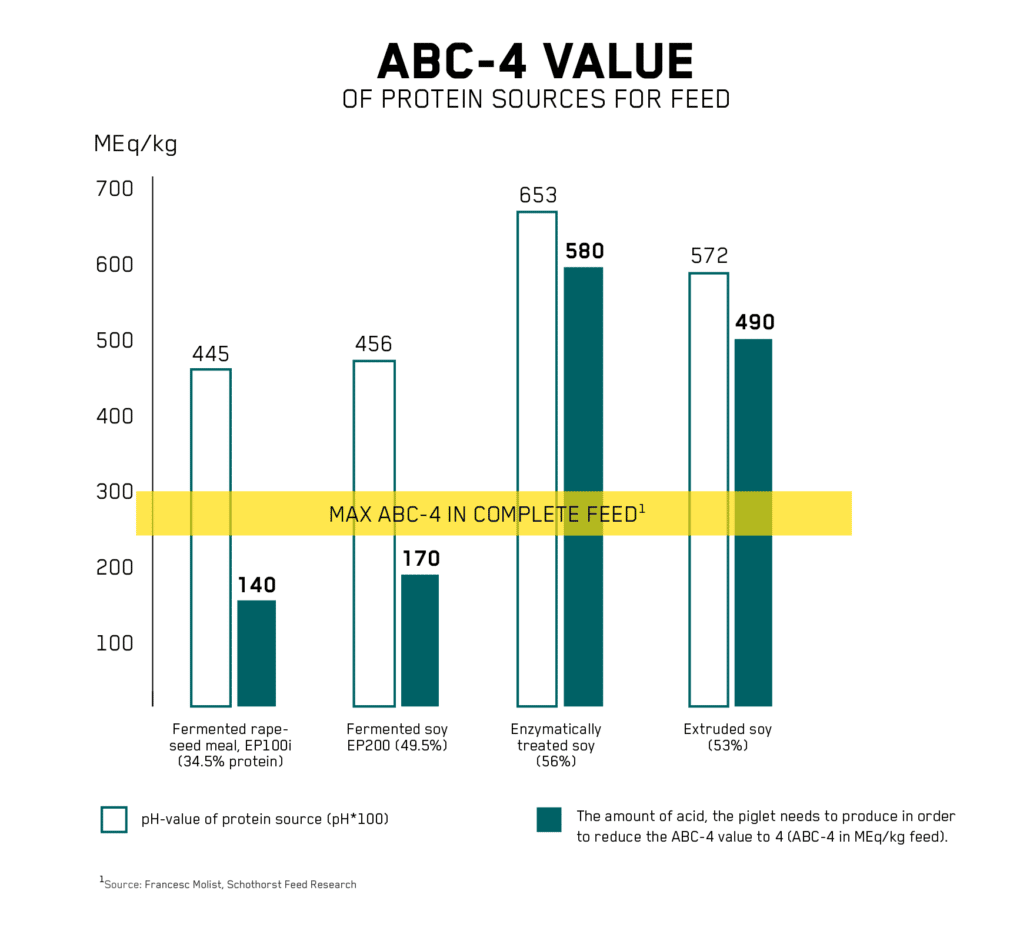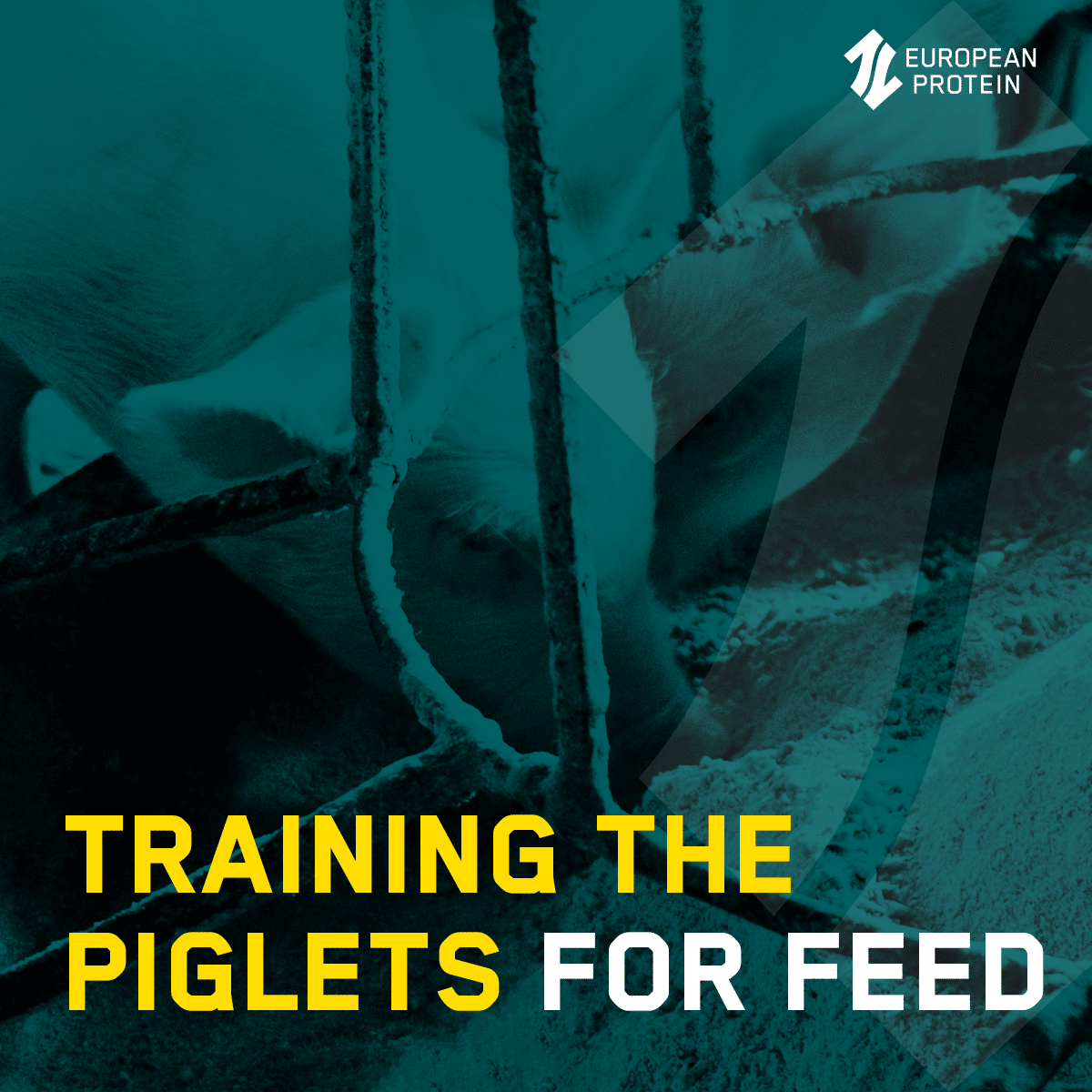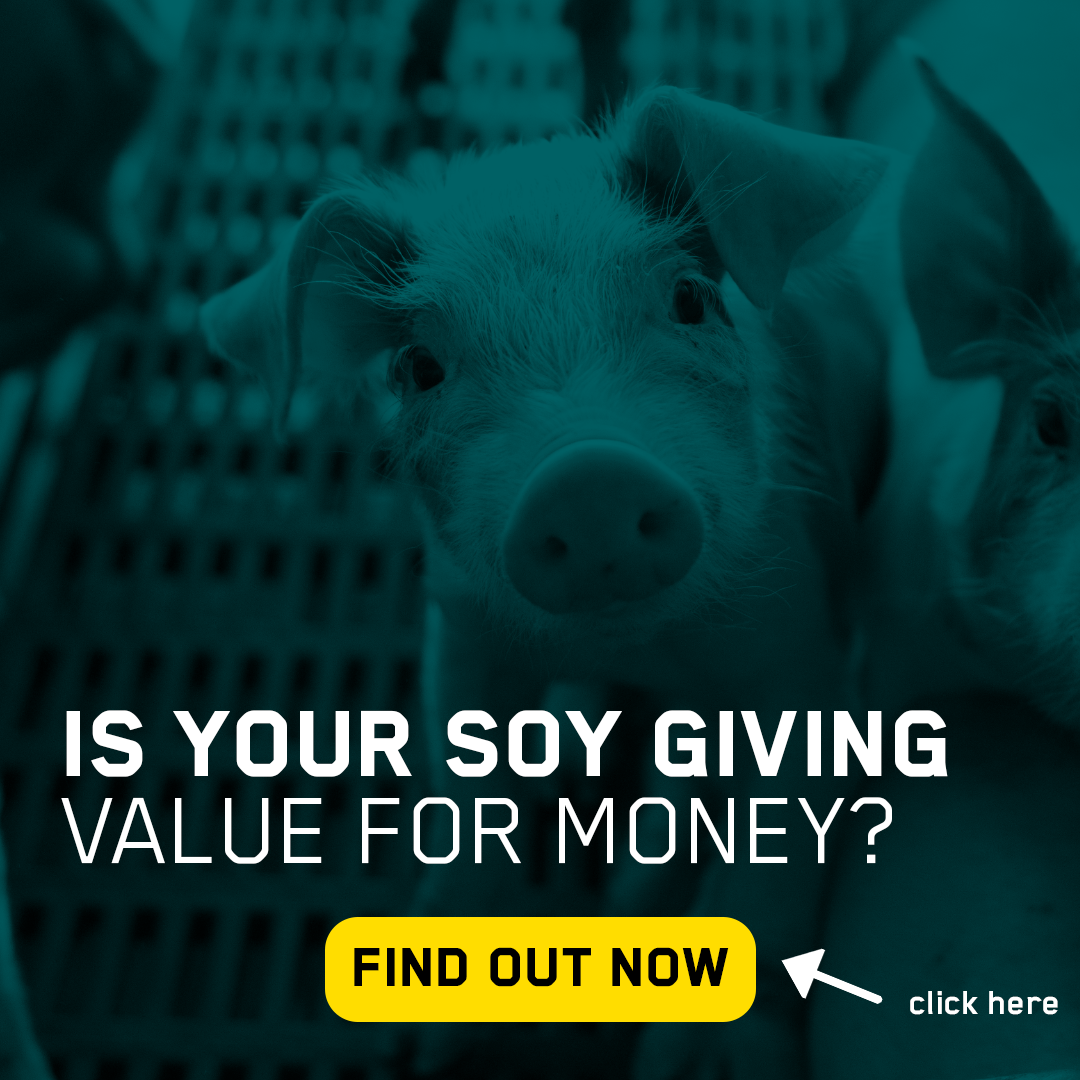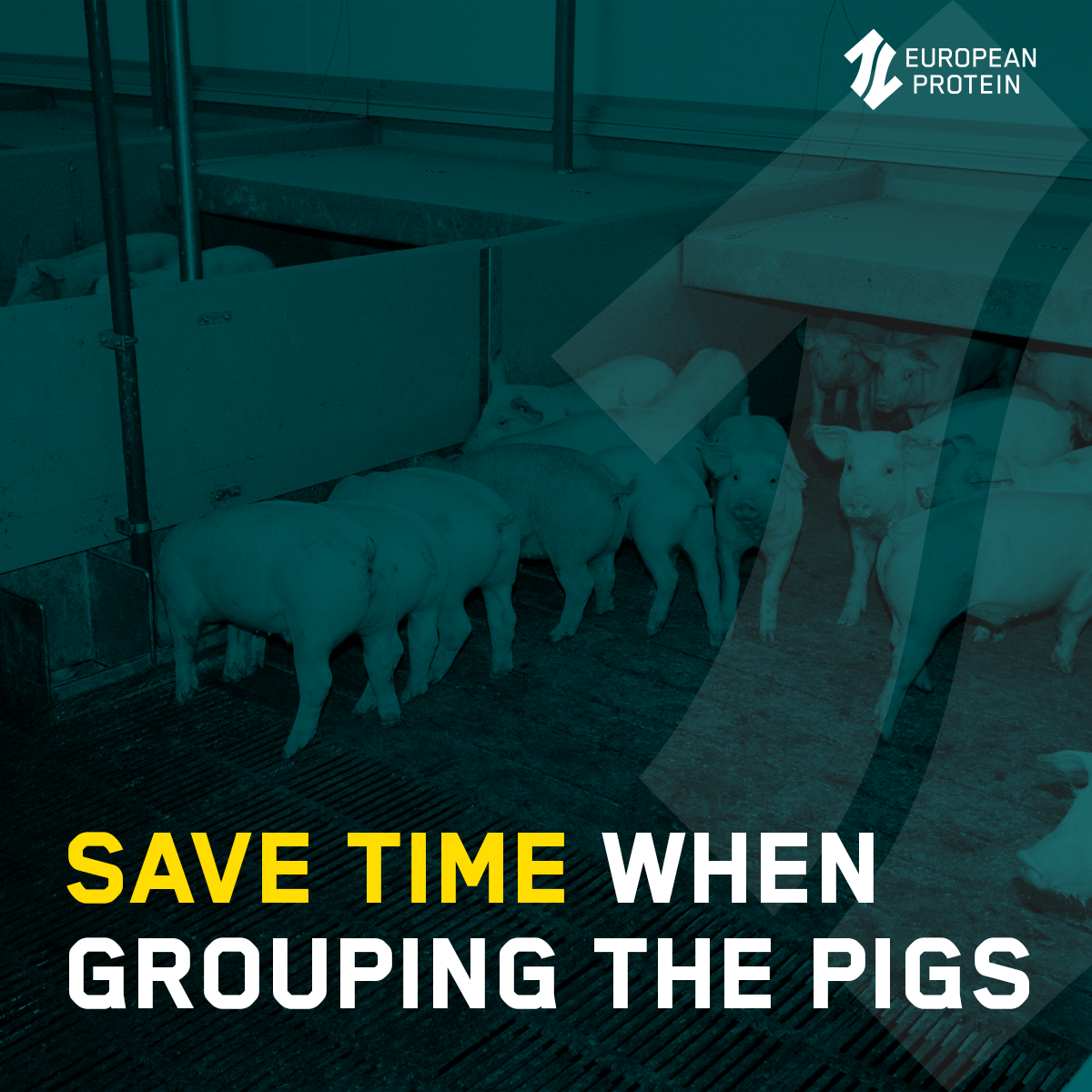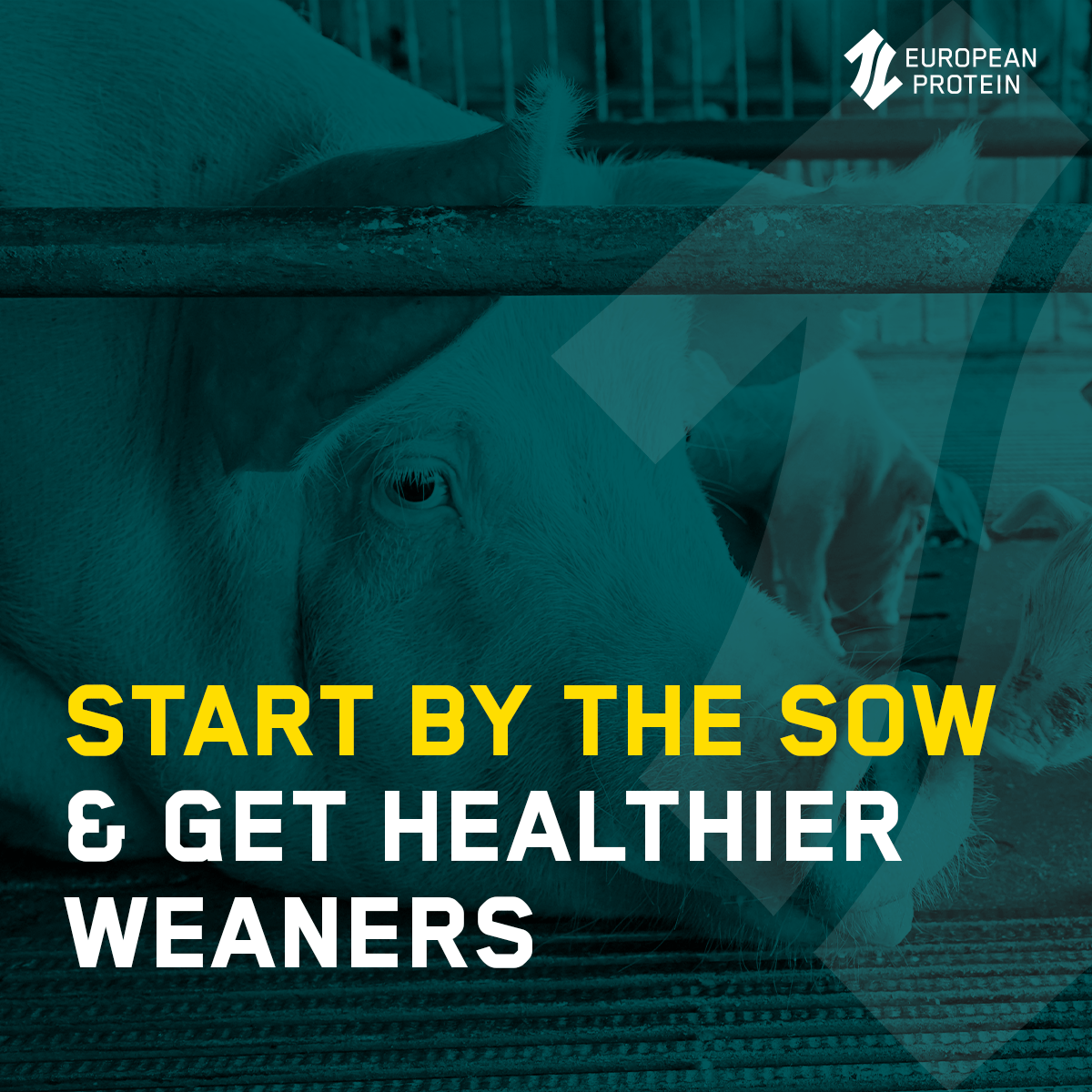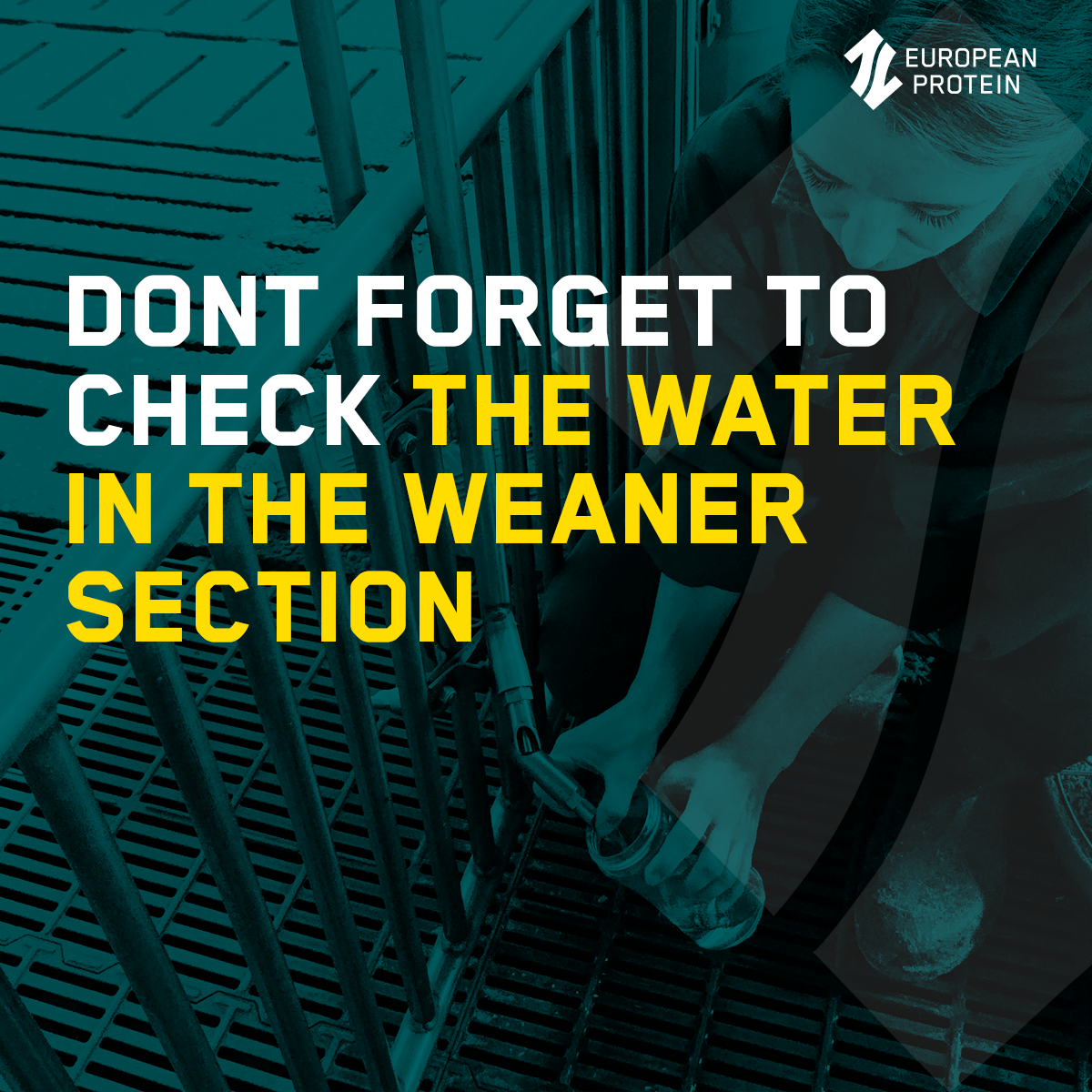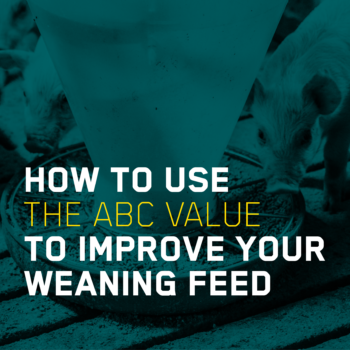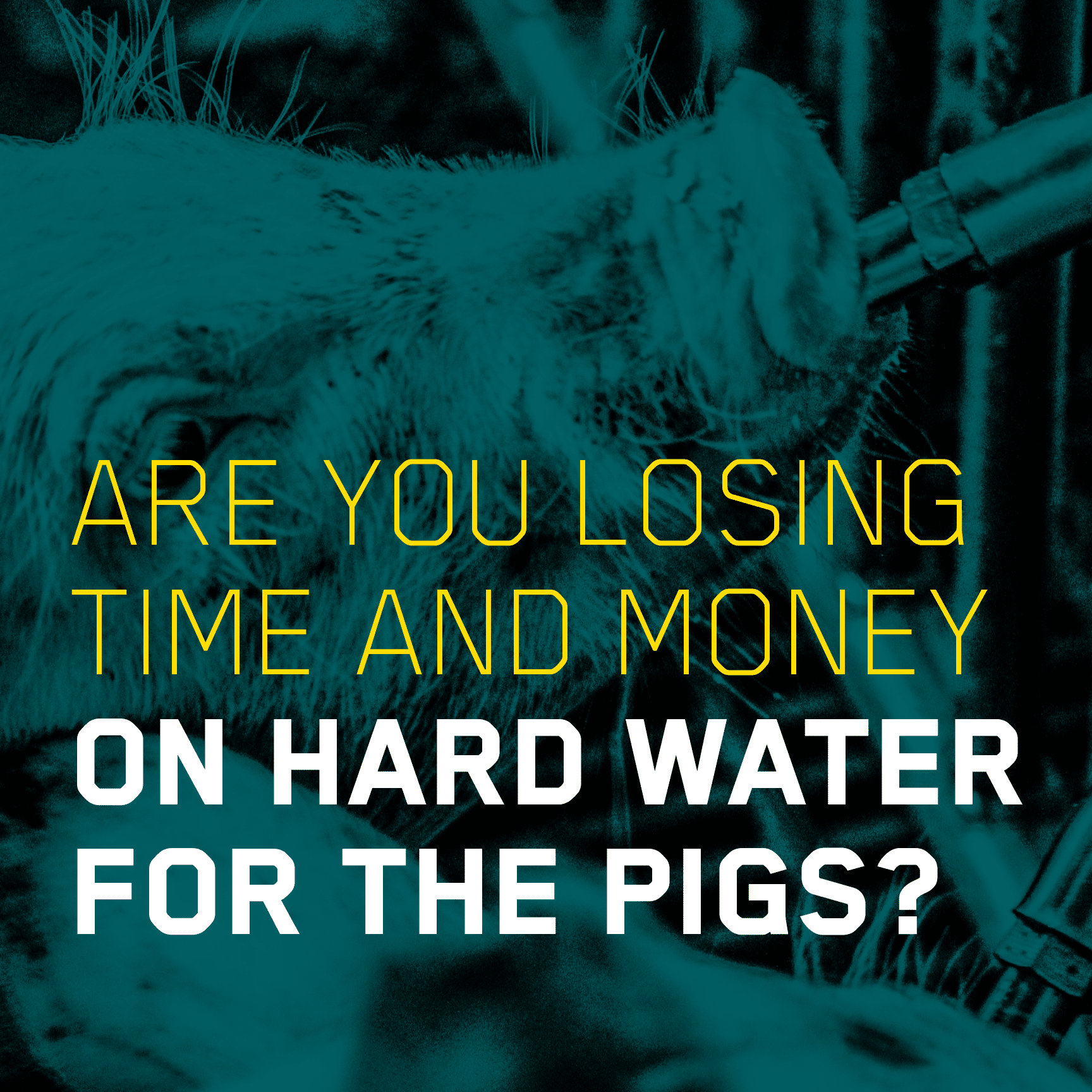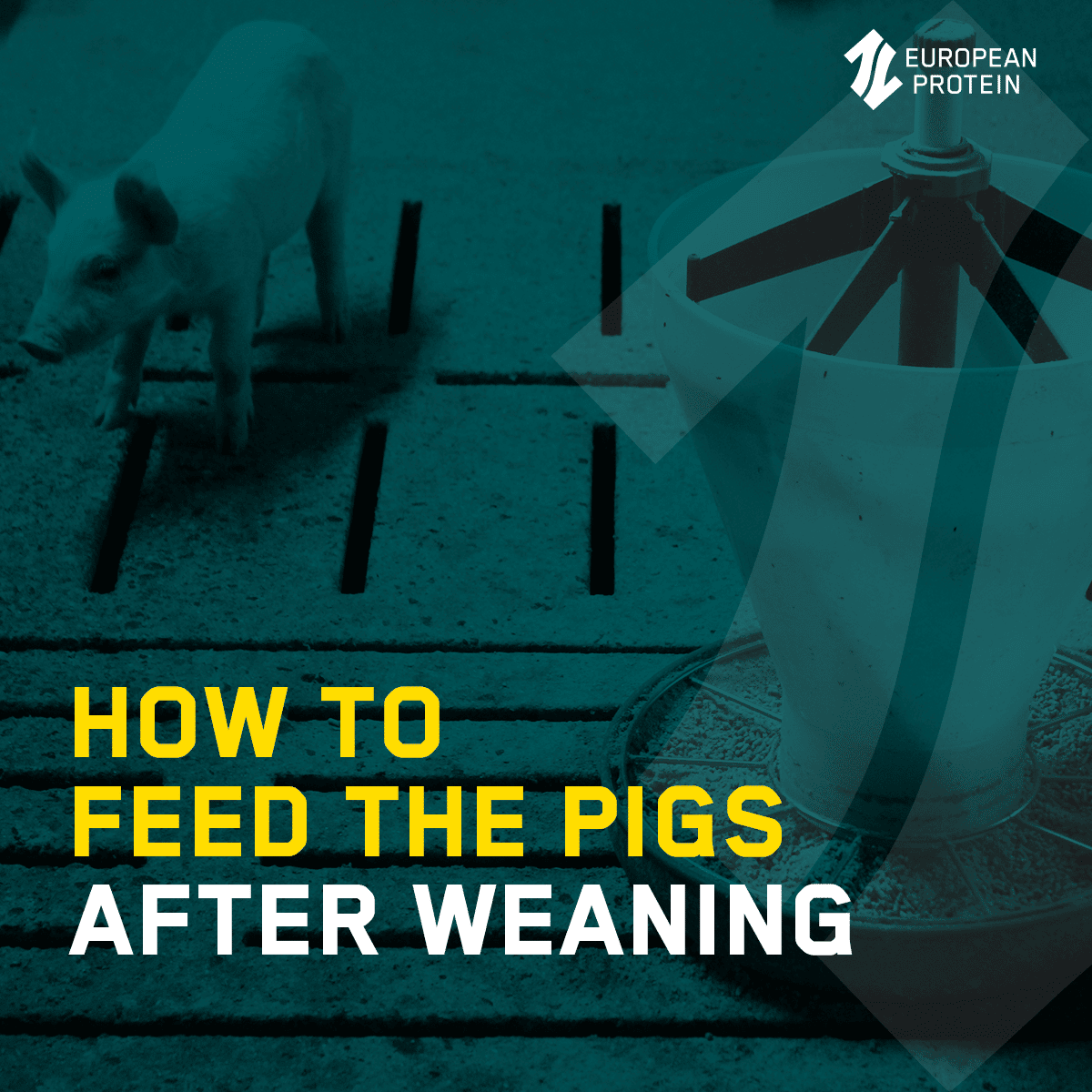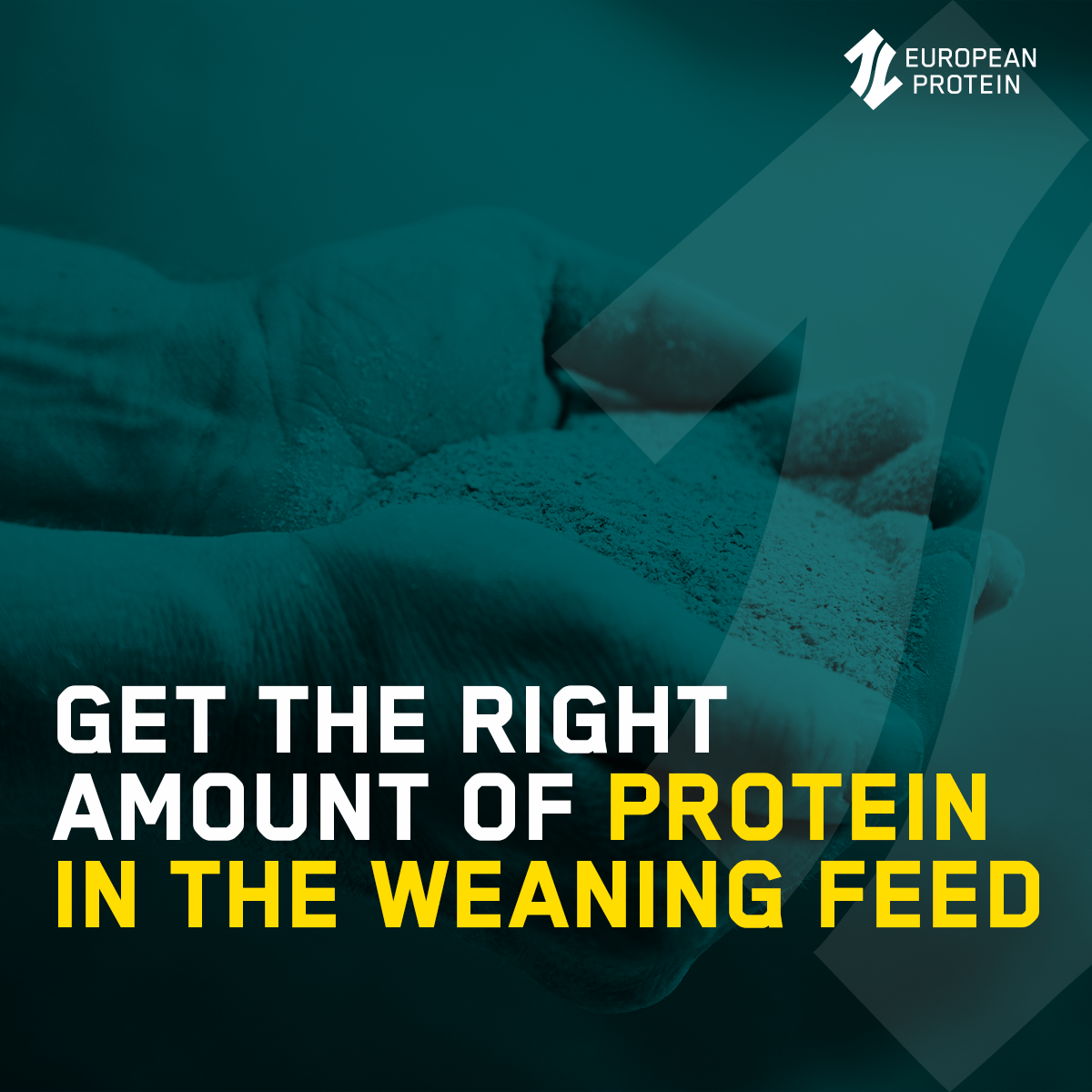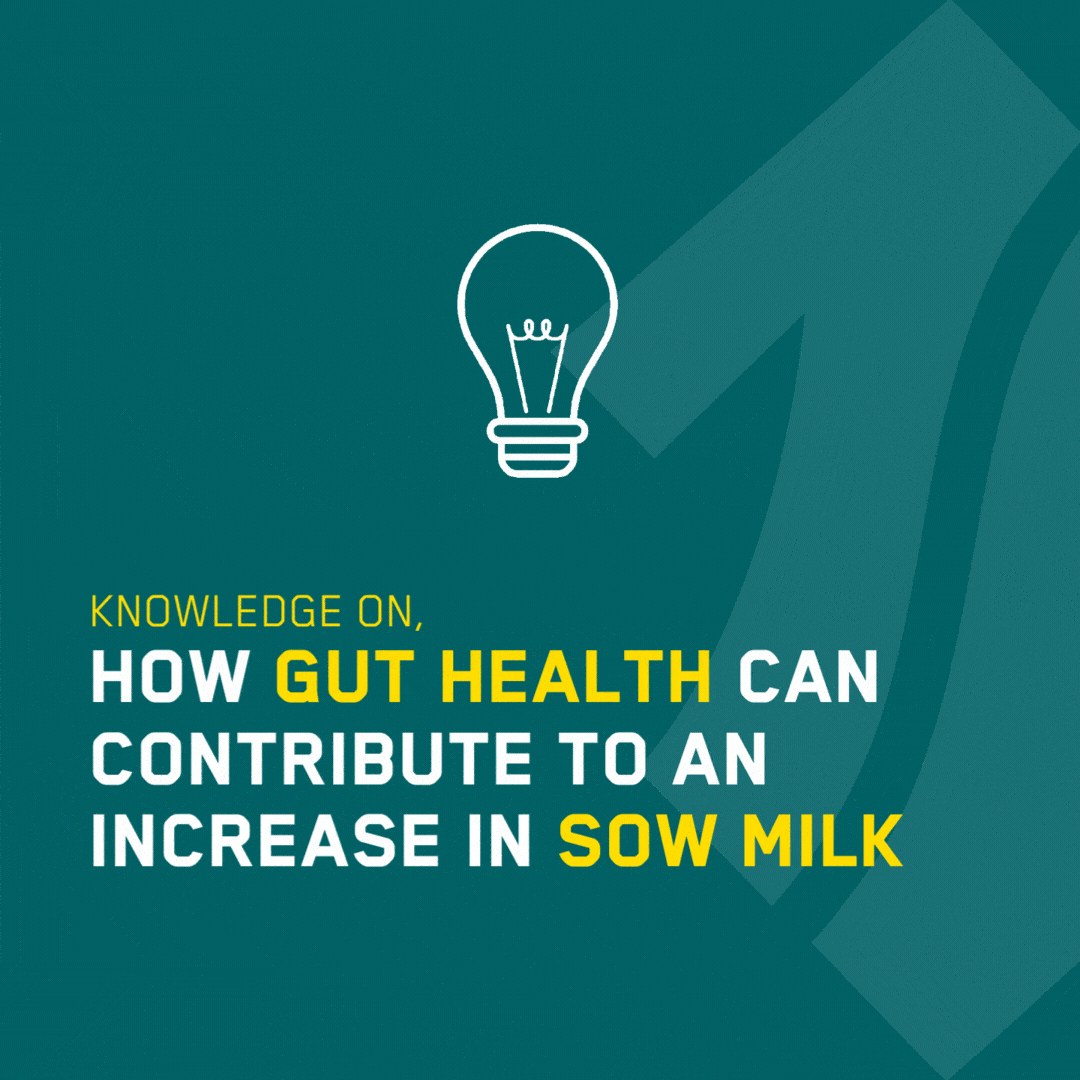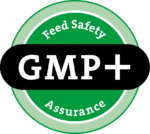HOW TO USE THE ABC VALUE TO IMPROVE YOUR WEANING FEED
Ever heard about the meaning of the ABC value of your weaning feed?
…if no, then you are far from alone. Unfortunately, the ABC values are rarely calculated or communicated to pig producers despite growing interest.
In this article, we tell you exactly why pig producers should be familiar with the ABC values of their weaning feed.
WHAT IS THE MEANING OF THE ABC VALUE?
ABC stands for Acid Binding Capacity and relates to the buffer capacity. The ABC value is measured against a pH of 3 or 4 and called ABC-3 (pH3) or ABC-4 (pH4), respectively.
The ABC-4 tells you how much hydrochloric acid in MilliEquivalent the piglets need to secrete to reduce the pH value of one kilo of feed to pH4.
At pH4, the piglet can break down protein and keep the number of bacteria from the environment down.
The higher the ABC-4, the more acid needs to be secreted by the piglet to lower the pH to 4 and activate the digestive enzyme pepsin and break down proteins into peptides.
And here’s the point and the problem:
At weaning, piglets cannot secrete enough acid to reduce the pH of the feed to 4. Consequently, the pH rises above 5, where the effect of pepsin is limited and where more bacterias survive.
Francesc Molist of Schothorst Feed Research[1] recommends that the ABC value of complete feed should not exceed 250-300 MEq per kilo feed.
Ingredients and feedstock with a lower ABC value than 250-300 MEq contribute positively to the reduction in pH, while feedstock with a value above 250-300 MEq increases the pH.
[1] https://www.pigprogress.net/health-nutrition/a-good-stomach-function-helps-piglet-gut-health/
A low ABC-4-value in the weaning feed contributes to improved protein digestion
SOW MILK REDUCES THE PH IN THE PIGLET STOMACH
The suckling piglet has been used to a low stomach pH during lactation because lactic acid bacteria from the sow milk convert lactose to lactic acid.
Lactic acid helps reduce the stomach pH of the sucklings, and a low pH means fewer pathogens survive, making the suckling more resilient to infection.
Unfortunately, the advantages of lactic acid wear off as the piglet is weaned.
WEANING FEED INCREASES THE PH
Piglets grow better on proteinrich feed. Unfortunately, the most commonly used protein-rich feedstock, like soy, has a high ABC 4 value (with a few exceptions). As a result, the use of soybean meal and other types of refined soy can contribute to a reduced digestibility of piglet feed and more undigested feed in the hindgut.
FAR WORSE WITH ZINC AND LIMESTONE IN THE WEANING FEED
Medicinal zinc and lime chalk are two of the worst ‘sinners’ when it comes to ABC-4 values. Therefore, chalk, with an ABC-4 value of 12,932 [2], is often replaced with, e.g. calcium formate, which has a significantly lower ABC-4 value of 3,963 [3]. Zinc has an ABC-4 value of 16,321, which is why you or your feed supplier may add acids to the feed to counteract the high buffer capacity of zinc. Without the zinc and chalk feed, less acid is needed.
CHECK THE ABC VALUE OF YOUR FEED
As growth promoters like medicinal zinc oxide are banned, more feeding companies have started calculating the ABC value of their piglet feed. The reason is that a low value can positively affect the newly weaned piglet’s health. Ask your feed supplier or feed advisor if you want clarity on whether your piglet feed complies with the maximum level of 250-300 MEq per kilo of feed or not.
If you want to get nerdy, go to this online calculation tool, and do the calculation yourself.
If some of your feed components are missing in the calculator, you can try googling “ABC4” combined with the component’s name.
HOW TO LOWER THE ABC VALUE OF YOUR PIGLET FEED
If you want to lower the ABC-4 of your feed, you can choose to:
- Cut down on protein in the feed
- Acidify the feed
- Use protein solutions with a low ABC-4
If you choose to lower the protein level, you might jeopardise the growth of your piglets. Adding (more) acids increase the price of your feed. If you choose a protein solution with a low ABC-4, it can replace an existing budget cost, and the piglet feed will typically remain cost-neutral, though your ABC-4 is improved.
MAJOR DIFFERENCES IN ABC-4 FOR SOY PROTEIN
Most piglet producers, like yourself, use refined soy in the weaning and starter diets. Many assume that different types of refined soy protein similarly affect the piglets. And that ABC values depend on the amount of protein in the soy protein. This is only partly true.
The table below shows differences in ABC-4 for extruded soy, enzymatically treated soy, fermented soy (EP200) and an alternative protein consisting of fermented rapeseed protein(EP100i).
[2] Lawlor et al. 2005
[3] Lawlor et al. 2005
Tabel: Overview of the ABC-4 of different types of soy protein and rapeseed protein for piglet feeding
The green column shows how much the protein source contributes to increasing or decreasing the acid-binding capacity (ABC-4) in your weaning and starter feed.
Lacto fermented soy, EP200, lowers the ABC-4 of your piglet feed, while enzymatically treated soy and extracted soy both increase the ABC-4 value.
You can also find examples of refined soy protein where the minerals are removed to lower the ABC-4 of the feed. But piglets need minerals, so you will have to add extra minerals through your mineral supplier.

